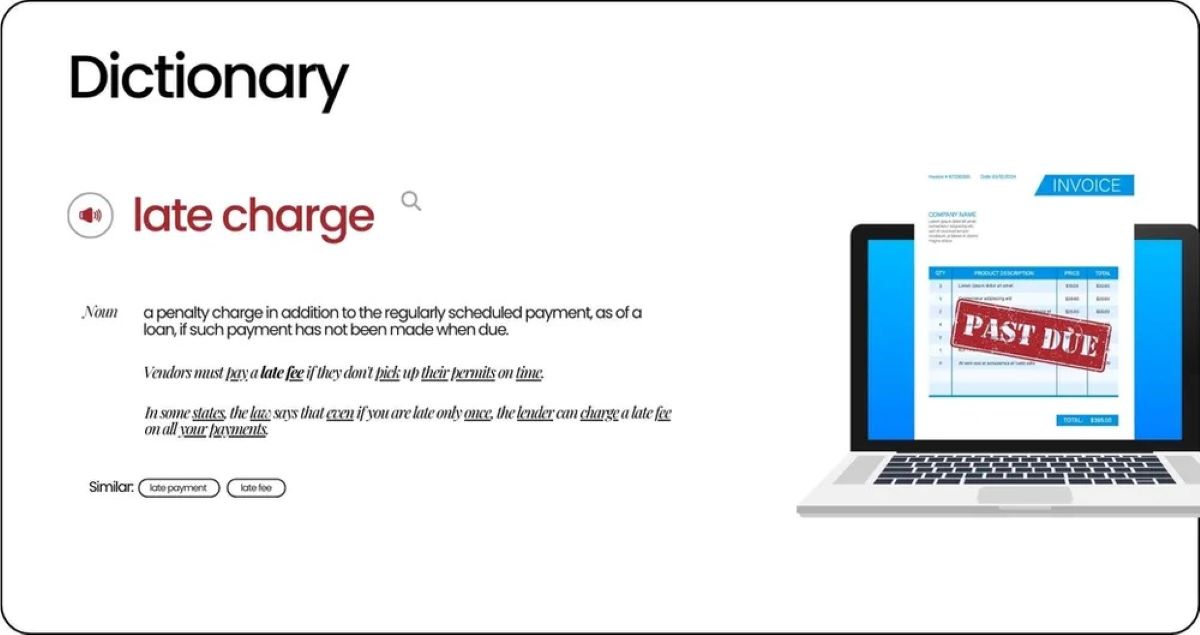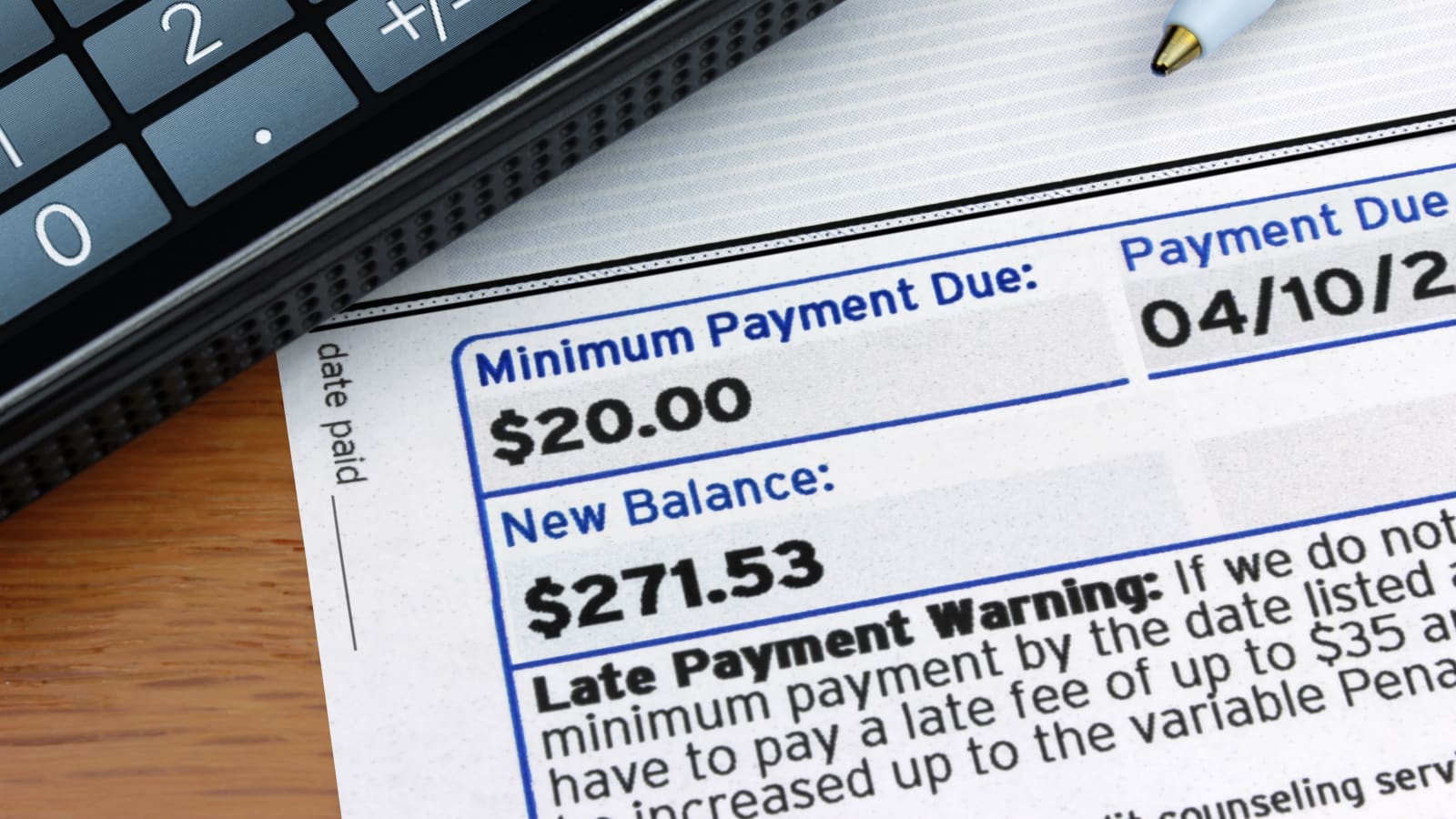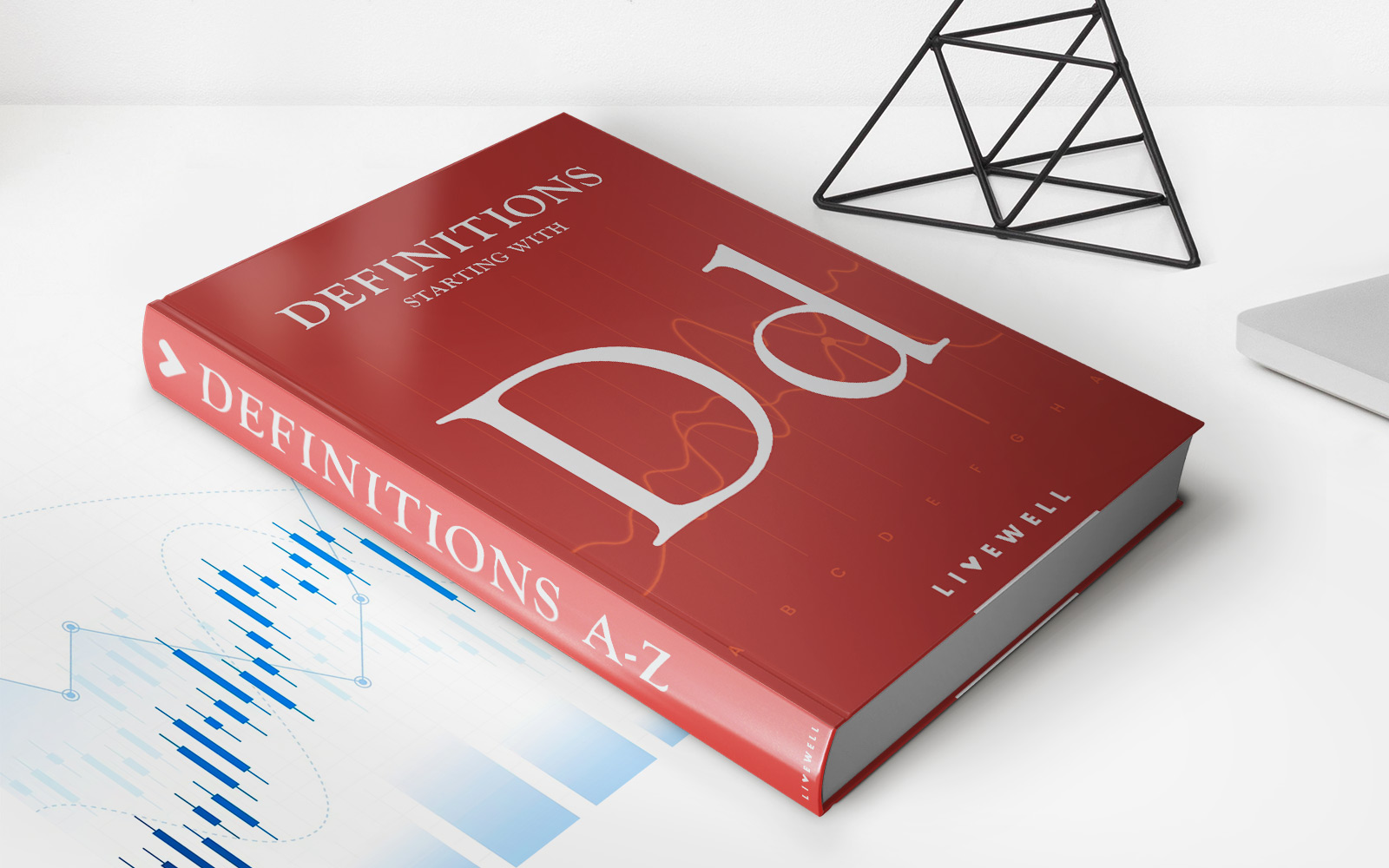

Finance
Late-Day Trading Definition
Published: December 16, 2023
"Understand the concept of late-day trading in the finance industry. Learn how this practice can impact stock markets and investors."
(Many of the links in this article redirect to a specific reviewed product. Your purchase of these products through affiliate links helps to generate commission for LiveWell, at no extra cost. Learn more)
Understanding Late-Day Trading: A Guide to Maximizing Your Financial Gains
When it comes to navigating the world of finance, staying informed about different investment strategies is key. One strategy that has gained traction in recent years is late-day trading. In this blog post, we’ll delve into the definition of late-day trading, its advantages, and potential pitfalls. Whether you’re a seasoned trader or new to the game, this comprehensive guide will provide you with the knowledge needed to make informed decisions.
Key Takeaways:
- Late-day trading refers to the practice of buying or selling securities in the final moments of the trading day.
- This strategy can provide investors with unique opportunities for profit, but it also comes with heightened risks.
What is Late-Day Trading?
Late-day trading is a trading strategy that involves buying or selling securities, such as stocks or commodities, in the final moments of the trading day. The aim of late-day trading is to take advantage of any perceived price anomalies that may occur during this period. By executing trades at the end of the day, traders hope to profit from overnight market movements or market closures.
Late-day trading can be appealing to investors for a variety of reasons. Here are two key reasons why traders consider incorporating late-day trading into their investment strategy:
- Market Movements: Late-day trading allows investors to react to any significant news or events that may have taken place during the trading day. By executing trades based on this information, investors can potentially capitalize on market movements that occur after most participants have finished trading.
- Market Closures: Depending on the type of security being traded, late-day trading can take advantage of market closures. In some cases, after-hours news releases or earnings reports can significantly impact a security’s price. By executing trades at the end of the trading day, investors can position themselves to profit from these events.
As with any investment strategy, late-day trading comes with its own set of risks and considerations. Here are a few important points to keep in mind:
- Market Volatility: Late-day trading can be associated with higher levels of price volatility compared to trades executed earlier in the day. This increased volatility can create both opportunities and risks.
- Liquidity Concerns: During the last minutes of the trading day, trading volumes can decrease, and the bid-ask spread may widen. This reduced liquidity can make it more challenging to execute trades at desired prices.
- Emotional Decision-Making: Trading in the final moments of the day can be an emotional time, as investors may feel rushed to make decisions. It’s crucial to remain calm and stick to your predetermined trading plan.
While late-day trading can potentially offer unique opportunities for profit, it is vital to approach this strategy with caution, proper risk management and a thorough understanding of the market dynamics.
In Conclusion
Late-day trading is an investment strategy that can provide investors with the possibility of profiting from market movements and after-hours news releases. However, it also comes with increased risks such as volatility and reduced liquidity. By keeping these considerations in mind and implementing sound risk management practices, investors can make informed decisions when incorporating late-day trading into their investment portfolios.
Remember, understanding the financial landscape and being aware of investment strategies like late-day trading can help you make better choices and maximize your financial gains in the long run.














